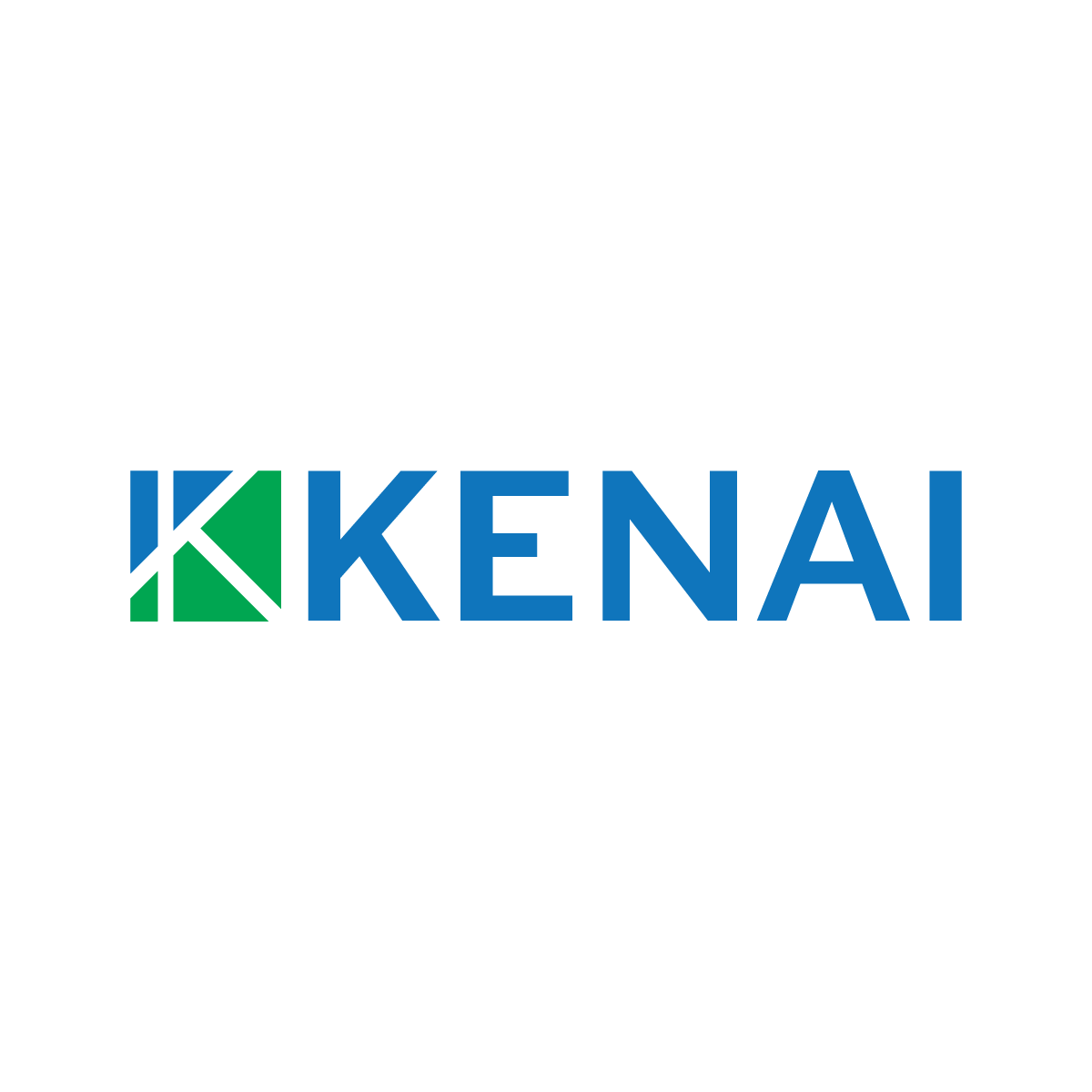Our last blog concentrated on where organisations waste time, money and talent. In doing that we looked at the acronym: TIMWOODS and its lesser-known sibling, DOWNTIME.
Today we’ll stretch this idea further and consider how efficiency improvements result in savings across your organisation.
A reminder that TIMWOODS prompts us to look at: Transport, Inventory, Motion, Waiting, Overproduction, Overprocessing, Defects and Skills.
All key areas – in any organisation – which benefit from close scrutiny to boost operational efficiency and avoid falling into the waste trap.
What do we mean by operational efficiency?
At the guts of it, operational efficiency can be broken down into two simple parts: output versus input. You know you’re succeeding when your output (what you can produce, whether that’s physical or intangible) is greater than your input (the time, resources and money spent).
When your organisation’s input is greater than your output, you’ll notice wastage and duplication, your profitability will take a hit, and your team is likely to become demotivated and less productive. Left to continue, you may struggle to break even, fulfil your customer’s expectations, retain your best people, and your reputation may nosedive.
However, when your organisation’s output is greater than your input, your organisation will experience reduced costs, and increased productivity and profitability. Plus, your capacity to grow and chase new opportunities will be within your reach – moving you closer to your vision each day.
More often than we can count, we’ve seen organisations not prioritise operational efficiency enough.
And this is understandable, it’s not seen as “sexy” as other strategic priorities. But it’s important to know what’s at stake: without the time and attention operational efficiency deserves, waste is a likely and preventable outcome.
After looking at your organisation through a TIMWOODS lens you’ll know where you are doing well and where you can improve. And with each improvement your customers, team and profitability will also see a direct benefit. Add the potential for improved competitive advantage, and you’ll see why this exercise needs to be non-negotiable.
How do we improve efficiency across business functions? Think getting the reps in regularly, rather than overhauling your whole routine overnight.
Firstly, be mindful that the easiest and most sustainable way to make improvements is through consistent, incremental changes. Radical changes – made overnight – won’t achieve lasting success.
A review of what’s currently working – and not – under the TIMWOODS areas is a good starting point. This will help you identify the range and depth of your challenges, strengthen what’s working, address what’s not, and decide how you can do the same thing but better.
Don’t neglect frontline feedback or automating some tasks.
When gathering feedback, make sure you include all departments and roles across different levels. Everyone’s viewpoint matters. Company-wide buy-in and understanding is vital – the goal of these improvements is increased profits and job-security. Letting your people air their views on the barriers to efficiency in a constructive and curious way is as important as leadership meetings to thrash out the best solution.
Automation might be the way forward for some of your business functions. It could be time to embrace additional machine learning and predictive AI for certain tasks. Can you consider this for sales and marketing or elements of customer service?
As with all technology, don’t adopt AI just because it’s the latest shiny object. In the same way, don’t write it off either. Try and consider automation with an open mind. We recommend seeking outside perspectives on this to weigh up what’s on offer against what’s fit-for-purpose.
Making improvements in efficiency will look different for each organisation and depend on your identified needs. Benchmarking, regular tracking and analysis of whether your changes are achieving your end goals is crucial.
Does remote work improve efficiency?
HRNZ surveyed 250 of its members on this subject late last year. The survey found, “Despite overseas reports a significant number of respondents [40%] say productivity gains are key benefits of remote working and a little over [20%] are seeing cost reductions from these policies.”
You may be using a remote work or hybrid model already, but it will be down to your individual organisation and culture as to whether it increases efficiency. It’s something that needs ongoing monitoring.
The following areas can be useful to help measure the efficiency of your hybrid or remote team.
- KPIs or key performance indicators – make sure your team is on track and productive.
- Project management software – keeps your team’s activities and priorities visible and accountable.
- Break down big projects into milestones – these are less daunting and can be celebrated as smaller ‘wins’ to help motivate the team.
- Set task completion times and schedule regular reviews – this is a must with any size of task, but particularly smaller ones carried out most often.
- Have regular 1:1 meetings to track progress – this builds in accountability but also highlights problems early on.
- Make open and constructive communication your norm – build this into your organisation culture and promote at all levels. Use the right technology and channels to enable this.
What efficiency opportunities can we seize to future proof our organisation?
Broadly speaking, a list of focuses for future proofing your organisation may include:
- Automation of some tasks, particularly the more menial and repeatable ones.
This frees up time and money, allowing you to upskill staff to take on more strategic, complex, varied or creative functions.
- AI taking over some tasks like data analysis, basic graphics (but watch out for those six finger hands) and capturing meeting transcripts and insights which it can achieve faster and with less cost.
- Using technology to integrate processes and information - Making sure your systems communicate and integrate to avoid double-handling of tasks and data.
- Hybrid and remote working present team-leading challenges – managers will need to upskill.
Hybrid models need a balance of on-site and remote staff. Less need for office space could reduce site costs and capital expenditure.
- Creating a people-focused culture – NZ’s skills shortage means keeping your talent is key.
Monitor employee well-being and consider flexible working to ensure team job satisfaction.
- Ethical business models in our clean, green country are a likely top priority for your customers and staff. They need to be high on your agenda and widely publicised.
How do we make our business operations match fit for the long-term?
Improving operational efficiency will never be a one-and-done project. But that’s ok because by doing this exercise – and making these changes – you can embed a process which you can repeat and improve on. Technology progresses, customer needs evolve, markets and competitors change. But by keeping on top of your time, money and talent you’re building a leaner future for your business.
We’re ready to get our operational efficiency into shape. What’s our next best step?
The best road to operational efficiency depends on your organisation’s culture, vision and industry. That’s why, when you work with Target State, you gain virtual, independent consultants who can quickly embed in your organisation and drive the entire process of designing, developing, implementing and overseeing your strategic digital roadmap. The result? You can move towards operational efficiency much faster, smoother, and more cost-effectively than going it alone.
Are you ready to prioritise operational efficiency? Contact us today />
Further reading:
https://www.business.govt.nz/business-performance/operations-strategy/operational-efficiency-and-innovation/
https://clickup.com/blog/operational-efficiency/
https://employmenthero.com/nz/blog/measure-productivity-remote-employees/
https://www.hrnz.org.nz/news/article/remote-work-future-or-past-1#:~:text=Again%20despite%20overseas%20reports%2C%20a,it%20comes%20to%20flexible%20working
https://www.netsuite.com/portal/resource/articles/financial-management/steps-improve-operational-efficiency.shtml
https://nzbusiness.co.nz/health-safety/flow-effects-remote-working
































